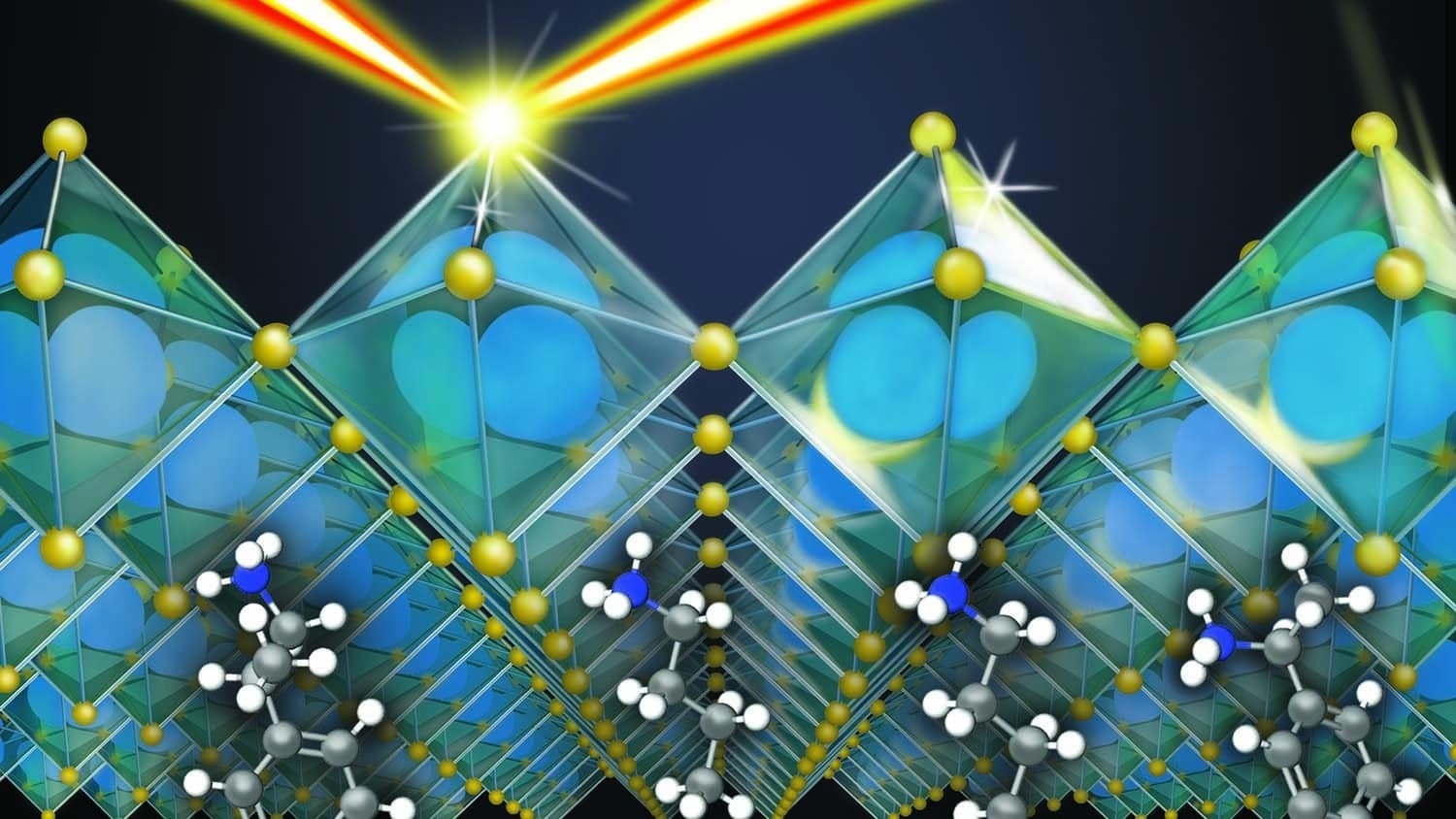Researchers from North Carolina State University have proven they can design materials that are both stiff and capable of insulating against heat, according to a study published in ACS Nano.

Image Credit: Jun Liu
This uncommon mix of characteristics shows promise for various applications, including creating novel thermal insulation coatings for electronic devices.
Materials that have a high elastic modulus tend to also be highly thermally conductive, and vice versa. In other words, if a material is stiff, it does a good job of conducting heat. And if a material is not stiff, then it is usually good at insulating against heat. But there are instances where you’d want materials that are stiff but are also good insulators. For example, you might want to create thermal insulation coatings to protect electronics from high temperatures. Historically, that’s been a challenge.
Jun Liu, Study Co-Corresponding Author and Associate Professor, North Carolina State University
Liu added, “We have now discovered a range of materials that are both stiff and excellent thermal insulators. What’s more, we can engineer the materials as needed to control how stiff they are and how thermally conductive they are.”
The researchers were specifically working with a subset of a material class known as two-dimensional hybrid organic-inorganic perovskites (2D HOIP).
These are thin films consisting of alternating organic and inorganic layers in a highly ordered crystalline structure. And we can tune the composition of either the inorganic or organic layer.
Wei You, Study Co-Corresponding Author and Professor, University of North Carolina
Qing Tu, co-corresponding author of this paper and an assistant professor of materials science and engineering at Texas A&M University, stated, “We found that we can control the elastic modulus and thermal conductivity of some 2D HOIPs by replacing some of the carbon-carbon chains in the organic layers with benzene rings. Basically – within this specific subset of layered materials – the more benzene rings we add, the stiffer the material gets, and the better able it is to insulate against heat.”
“While discovering these materials in itself holds tremendous potential for a range of applications, as researchers we are particularly excited because we’ve identified the mechanism that is responsible for these characteristics – namely the critical role that the benzene rings play,” Liu further added.
Researchers discovered in trials that the stiffer the 2D HOIP materials were, the less thermally conductive they became.
Liu further stated, “This work is exciting because it suggests a new pathway for engineering materials with desirable combinations of properties.”
The researchers also uncovered an intriguing behavior using 2D HOIP materials. Specifically, they discovered that by inserting chirality into the organic layers—i.e., making the carbon chains in those layers asymmetrical—they could efficiently preserve the same stiffness and thermal conductivity even while significantly modifying the organic layers’ composition.
Liu concluded, “This raises some interesting questions about whether we might be able to optimize other characteristics of these materials without having to worry about how those changes might influence the material’s stiffness or thermal conductivity.”
The study was reported in the journal ACS Nano. The study’s first author is Ankit Negi, a former PhD student at NC State.
Cong Yang, Andrew Comstock, Saqlain Raza and Ziqi Wang, Ph.D. students at NC State; Subhrangsu Mukherjee, a former Ph.D. student at NC State; Dali Sun, an associate professor of physics at NC State; Harald Ade, Goodnight Innovation Distinguished Professor of Physics at NC State; Liang Yan of UNC; and Yeonju Yu and Doyun Kim of Texas A&M are the study co-authors.
This study was supported by the National Science Foundation (grants 1943813, 2311573, and 2154791), the Office of Naval Research (grant N000142012155), and the Department of Energy (grant DE-SC0020992).
Journal Reference:
Negi, A., et. al. (2024) Anomalous Correlation between Thermal Conductivity and Elastic Modulus in Two-Dimensional Hybrid Metal Halide Perovskites. ACS Nano. doi:10.1021/acsnano.3c12172